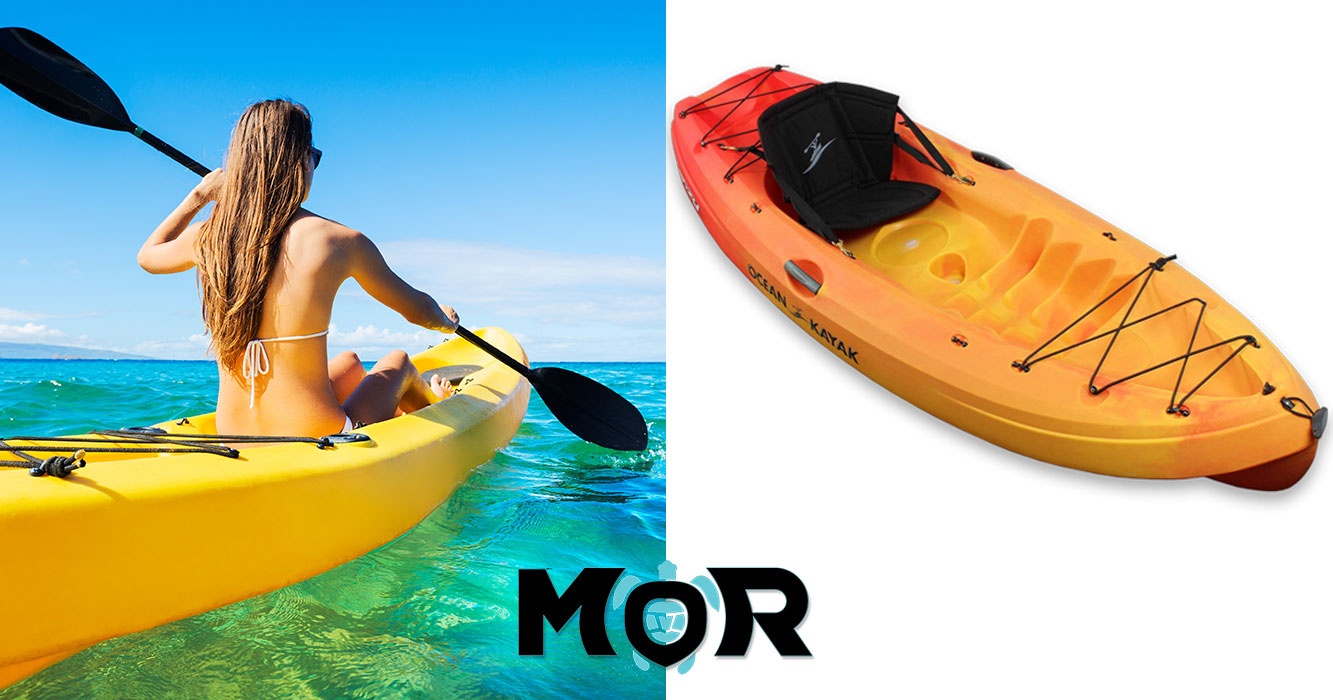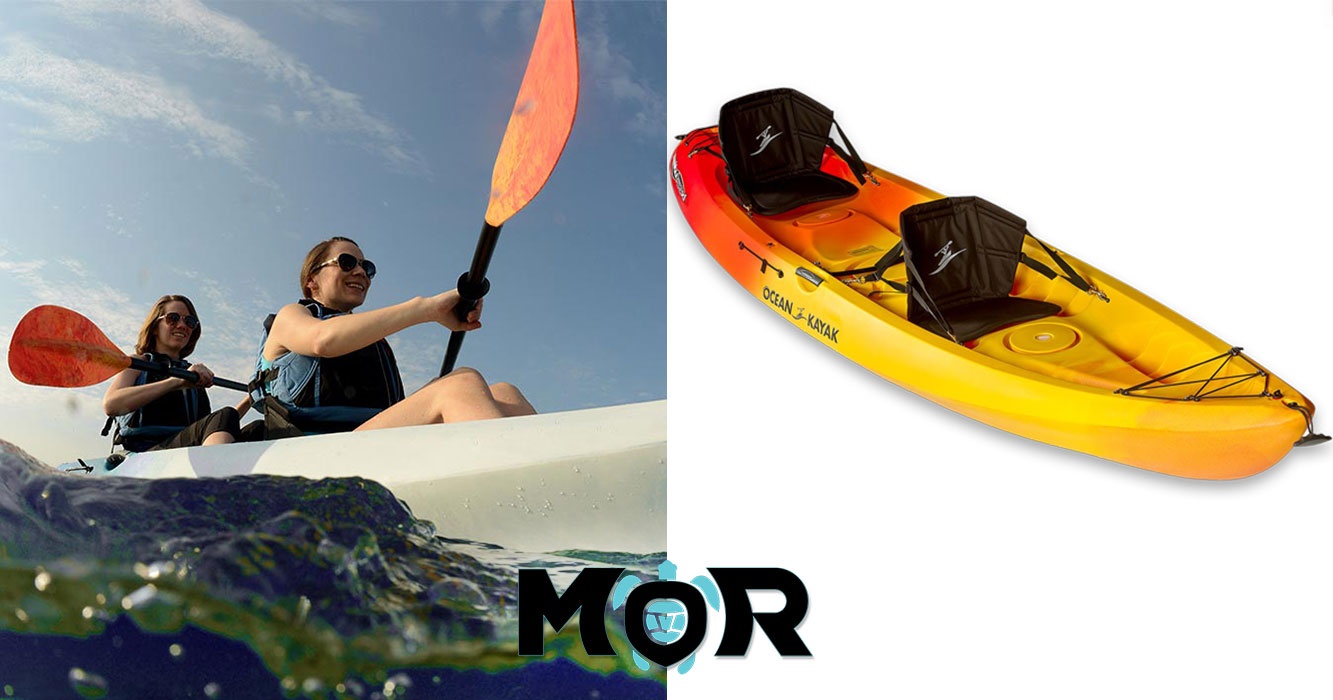
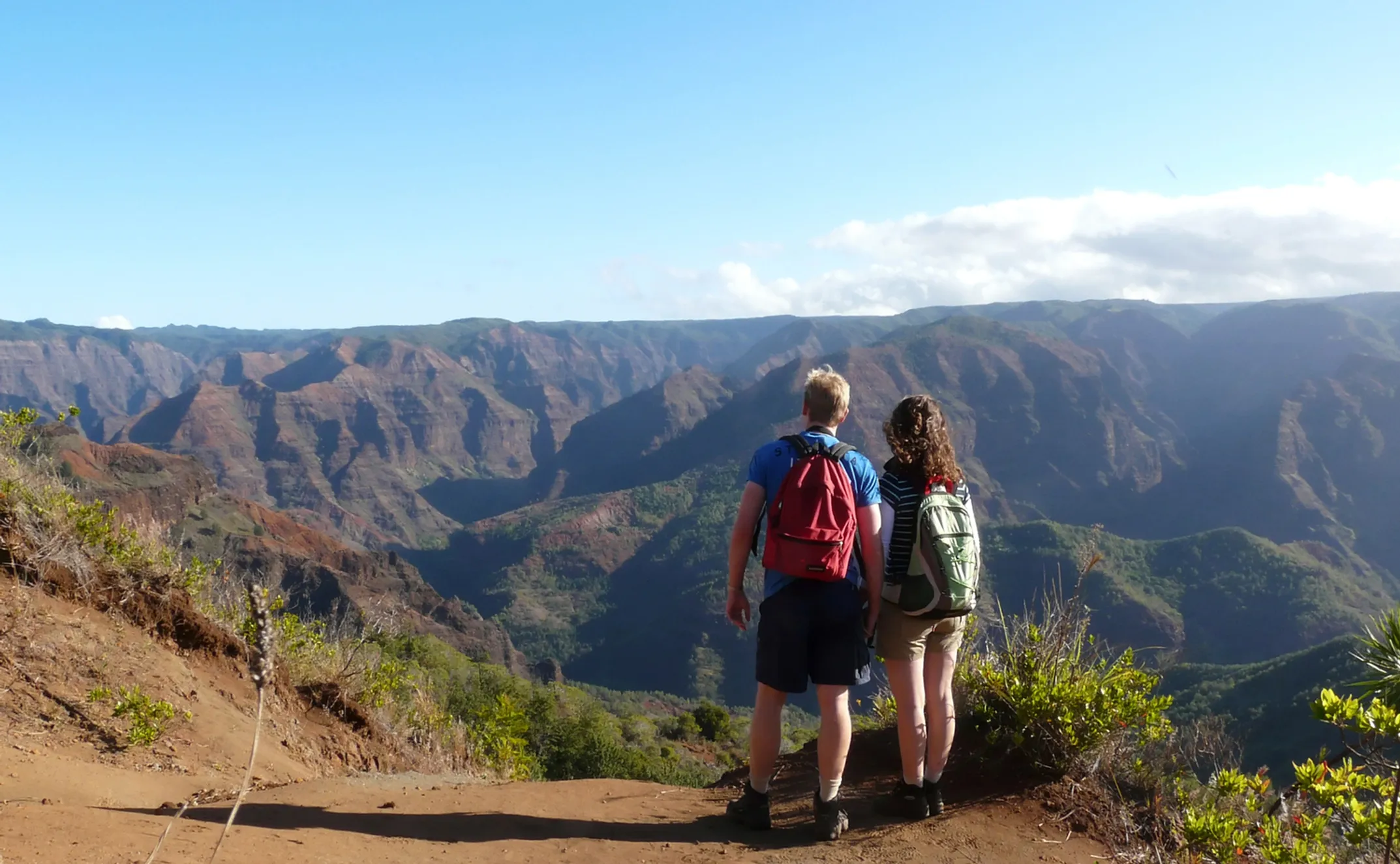
Art of Resistance, Art of Resilience
The Modern Voice of Hawaiian Art
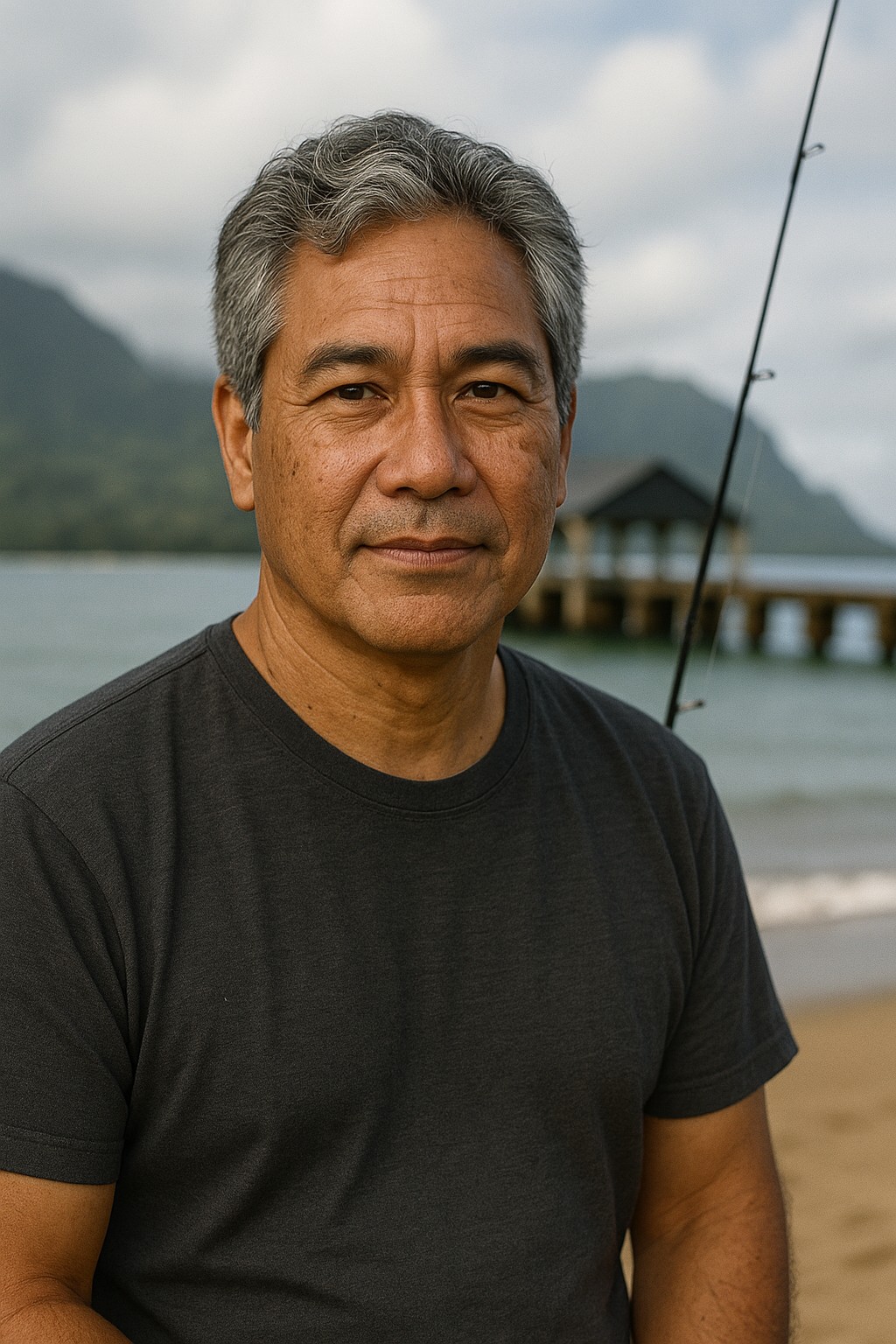
Written by a Cultural Expert
Kalani MillerFrom Concrete Walls to a Canvas of Conscience
I trade the quiet respect of the historical sites for the energetic, pulsing streets of Kakaʻako. This once-industrial district in Honolulu has been transformed into a spectacular open-air art gallery. Its warehouse walls covered in giant murals.
This, I realize, is the modern-day petroglyph field. The scale is huge. The colors explosive. But the purpose is the same: to tell stories and claim public space with a statement of identity.
Much of this transformation is thanks to POW! WOW! Hawaiʻi. An annual festival that brings local and international artists together to create new works. Taking a walking tour is a lesson in modern mythology.
I see Kamea Hadar's breathtaking mural "Naupaka." It sprawls across a parking structure. Telling the tragic Hawaiian legend of two lovers. One banished to the mountains, the other to the sea. Their love living on in the half-flowers that bear their name.
I find Kaiʻili Kaulukukui's giant "Hilo Honu." A sea turtle swimming in a cosmic ocean. A powerful symbol of navigation and endurance.
🎨 Kamea Hadar
Creator of the breathtaking "Naupaka" mural - bringing Hawaiian legends to life on massive urban canvases.
🐢 Kaiʻili Kaulukukui
Master of "Hilo Honu" - transforming parking structures into cosmic oceans where sea turtles navigate the stars.
This is not random graffiti. It is a curated, community-focused movement. Many murals are collaborations with nonprofits like 808 Urban. Or are commissioned as part of the Kamehameha Schools' master plan for the neighborhood.
⚠️ The Complex Reality
Yet, as I walk past trendy new restaurants and residential towers, I sense a complex tension. The art that so powerfully celebrates Hawaiian culture also fuels the area's gentrification. Creating a desirable "urban, island lifestyle" that risks displacing the very communities it seeks to honor.
The art here is a bright, beautiful, and complicated story. Reflecting the push and pull between cultural revitalization and commercial development that defines so much of modern Hawaiʻi.
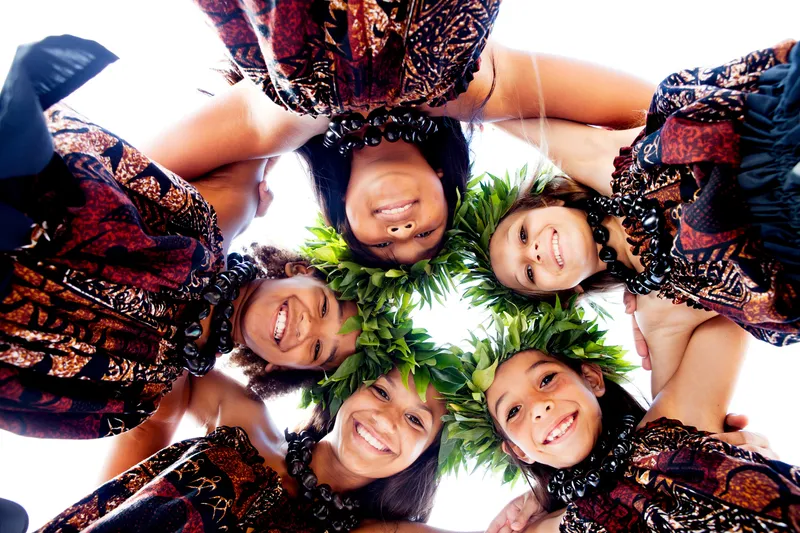
🏙️ Modern Art Scene
- POW! WOW! Started: 2011
- Kakaʻako Murals: 100+ works
- Annual Festival: February
- Artists Featured: Local & Global
✊ Resistance Artists
- Lehuauakea (Māhū Identity)
- Kamea Hadar (Street Art)
- Kaiʻili Kaulukukui (Murals)
- Moses Goods (Theater)
🌺 Key Movements
Visual activism & solidarity
"ALOHA NŌ" theme 2025
Ea (life, breath, sovereignty)
🧭 Hawaiian Art Guide
Art as an Act of Aloha ʻĀina – The Visual Language of Sovereignty
While the murals of Kakaʻako express a bold cultural pride, a more pointed and urgent talk is happening in the work of artists who directly engage with the Hawaiian sovereignty movement. This is art as aloha ʻāina—love for the land—in its most politically charged form.
It is a visual language used to articulate the ongoing struggles for ea (sovereignty, life, breath). To protest the desecration of sacred sites. To heal from the wounds of colonization.
Hawaii Triennial 2025: "ALOHA NŌ"
This movement has a powerful voice. The Hawaiʻi Triennial, the state's largest contemporary art exhibition, chose "ALOHA NŌ" as its 2025 theme. The curators describe it as a reclamation of the word "aloha" from the "colonial-capitalist historicity" that has reduced it to a mere greeting.
Instead, they frame it as a transformative power for "resistance, solidarity, and transformation." A way to "undo the harmful, misogynistic, stereotypical images of Hawaiʻi."
This same spirit fueled the powerful visual culture of the Protect Mauna Kea movement. Where art became a critical tool for global communication and solidarity.
Artist Spotlight: Lehuauakea
No artist embodies this intersection of art, identity, and activism more deeply than Lehuauakea. A māhū (a third gender identity, often translated as non-binary or transgender) and mixed-Native Hawaiian artist. They use traditional media to speak to the most pressing contemporary issues.
In our talk, Lehuauakea explains how their māhū identity informs their kapa practice. Historically, kapa making was often divided along gender lines. But māhū, who embody both masculine and feminine energies, could move between these roles.
By practicing all aspects of the craft, Lehuauakea is not only reviving a near-lost art but also reclaiming the space for traditional queer identities that were suppressed and stigmatized by Christian missionaries.
This is powerfully visualized in their piece "Mana Māhū." A kapa that reinterprets the Pride flag using natural earth pigments and plant dyes. Creating a uniquely Hawaiian celebration of queer identity.
Their work is a bridge between worlds. Addressing cultural erasure, environmental degradation, and Indigenous strength. A current project, "E Hoʻāla Ka Lupe: To Awaken the Kite," seeks to revive the lost craft of making traditional Hawaiian kites.
💚 Life Dream
For Lehuauakea, art is inseparable from responsibility. When I ask about their ultimate goal, their answer is simple yet deep: "My life dream will be achieved when I am a grandma and I am making kapa with my grandkids all around me." It is a beautiful vision of cultural survival.
The Weight of History at Pearl Harbor
To fully understand the passion and urgency behind the art of resistance, one must confront the history that fuels it. I spend a solemn afternoon at Pearl Harbor. Standing on the memorial that floats above the sunken hull of the USS Arizona, I am overwhelmed by the deep sense of loss and the immense gravity of the historical shift that occurred here.
The attack on December 7, 1941, was a key moment that plunged the United States into World War II. For Hawaiʻi, it was also a catalyst for an unprecedented wave of American militarization and federal control over the islands.
My visit is not a historical detour. It is a moment of essential grounding. It provides the somber context for the bright, defiant, and hopeful art I have been witnessing across the islands. The silence here makes the loud, colorful assertions of identity in Kakaʻako and the determined, rhythmic beating of kapa in Mākaha feel that much more necessary and that much more alive.
Ready to Experience Hawaiian Art?
Discover how you can participate in this living tradition through workshops, events, and meaningful cultural exchanges.
Start Your Art Journey